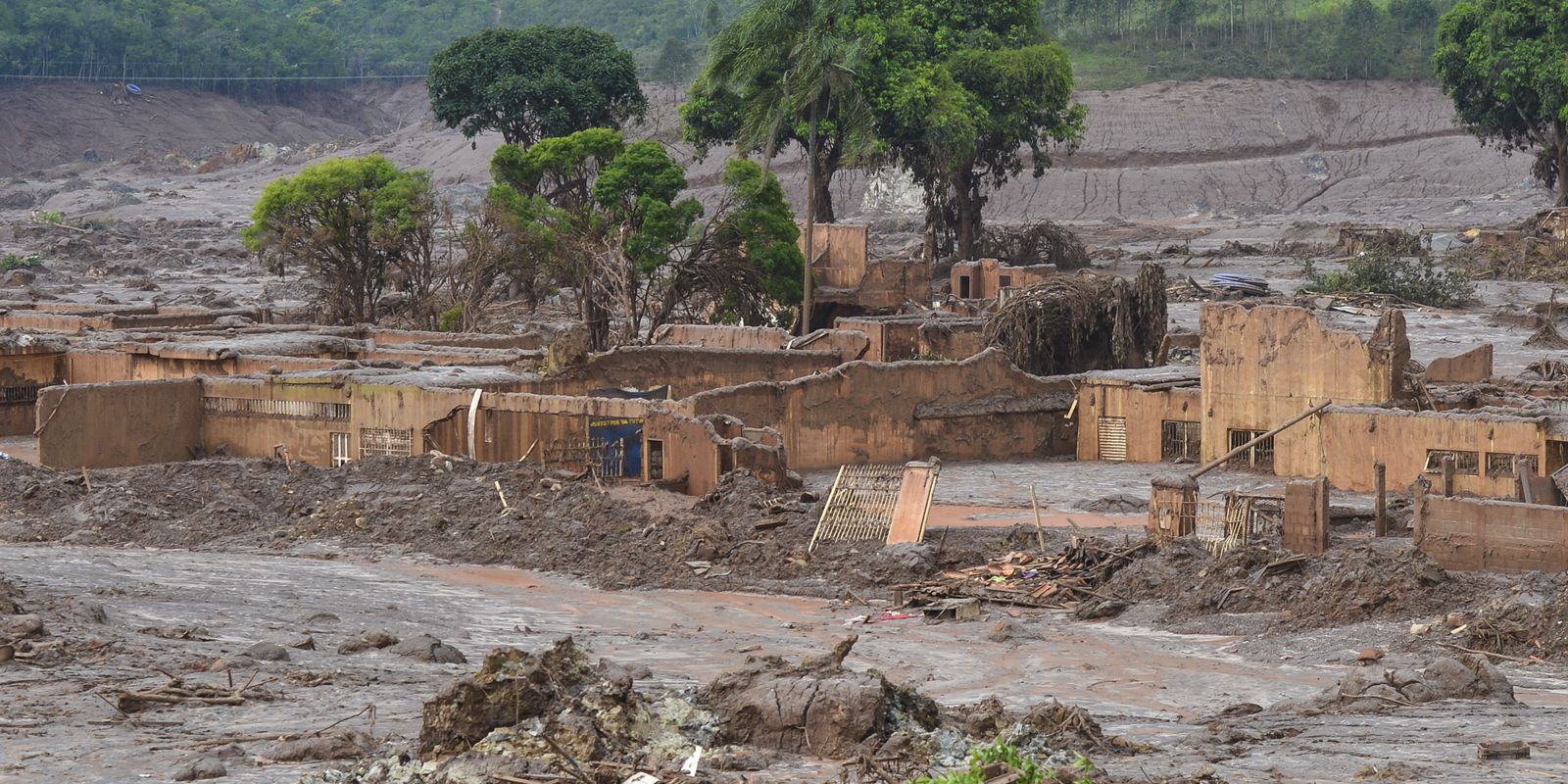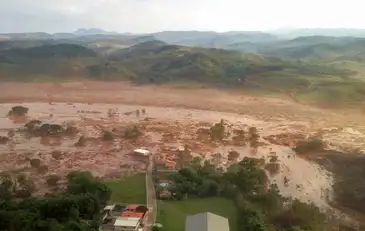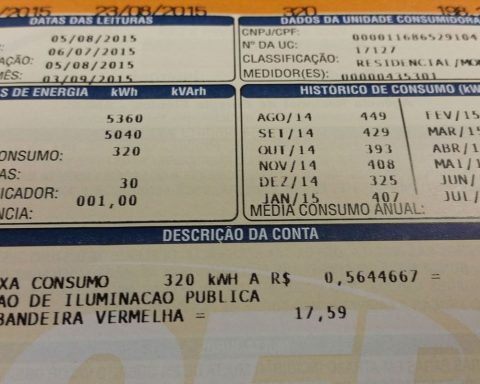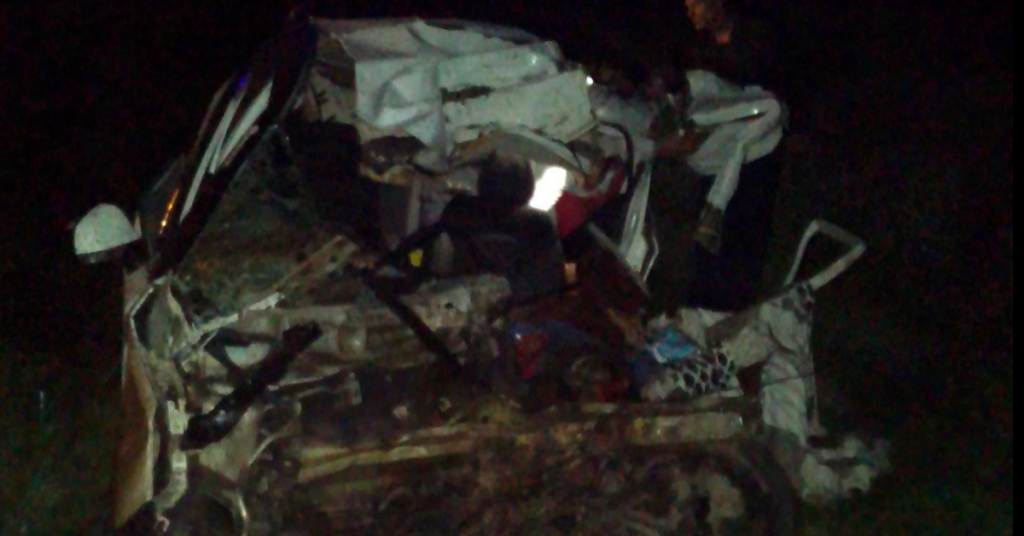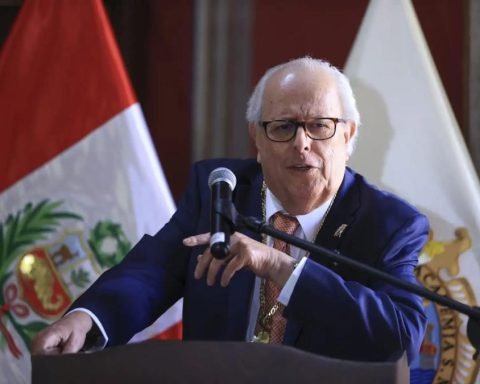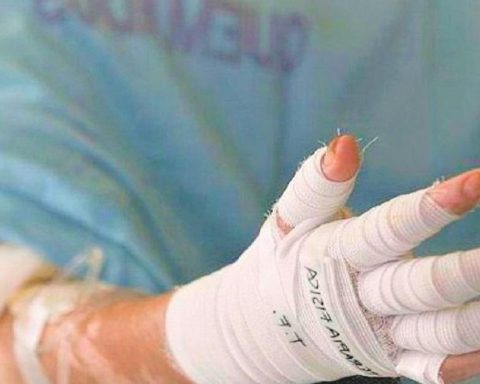The trial, in a British court, which will decide whether or not to hold the Anglo-Australian mining company BHP responsible in relation to the collapse of the Samarco dam in Mariana, Minas Gerais, in 2015, will resume on January 13th. Samarco is a joint venture between the Brazilian company Vale and BHP’s subsidiary in Brazil.
The case, which is taking place at the London Technology and Construction Court, was initiated by the law firm Pogust Goodhead (PG), which represents 620,000 people, 46 municipalities and 1,500 companies affected by the tragedy, in order to hold BHP responsible in the United Kingdom. . Vale is not a defendant in this action.
The sessions began on October 21st and were suspended last Friday (20th), due to the end-of-year recess of the British Courts. In the first two months of the trial, documents were examined and the testimonies of several witnesses were heard.
According to the PG, Samarco had known since 2013 that the dam that broke was operating above appropriate limits and that there was no adequate evacuation plan in the district of Bento Rodrigues, where the structure was located.
Furthermore, according to the PG, a former BHP engineer admitted to being aware of cracks in the structure in 2014, but there was not enough action to prevent the collapse.
According to the victims’ lawyers, the testimonies showed that BHP had strategic control over Samarco, including audits, operational decisions and remuneration practices.
The firm and BHP also invited specialists in corporate law to clarify to the British Court whether a majority shareholder, in this case the Anglo-Australian company, can or cannot be considered responsible for an incident that occurred in a company of which it is a shareholder, in this case Samarco.
According to the PG office, the expert appointed by the victims argued that shareholders in control groups can be held individually responsible for abuses of power and that corporate social responsibility should be a priority in these cases.
Between January 13th and 21st, experts in Brazilian environmental law will be heard. From the 22nd to the 29th, it will be the turn of geotechnical specialists. In February, the parties involved will prepare their final arguments, which will be presented between March 5th and 13th.
The British court is expected to decide whether or not BHP is responsible in 2025. If the company is found responsible for the disaster, a new trial will define the compensation amounts. The PG office estimates values of around R$230 billion.
In a statement, the PG office reported that “the victims remain confident in the search for justice for the biggest environmental disaster in Brazil”.
For BHP, the case has already been resolved in Brazil, with a reparation agreement reached between the companies (Samarco, Vale and BHP) and the victims of the rupture, approved in November by the Federal Supreme Court.
“Reinforcing BHP’s commitment to reparations in Brazil, in October a new and definitive agreement was signed with the Brazilian government and public authorities, totaling R$170 billion to repair the impacts of the rupture. The agreement, fully approved by the STF in November 2024, continues and expands the repair work carried out so far”, informed BHP Brasil in a note.
The company also cites the creation of the Renova Foundation, in 2016, as part of a first agreement with the Brazilian authorities and which, according to BHP Brasil, “has already allocated more than R$38 billion in emergency financial aid, compensation, repair of the environment environment and infrastructure for approximately 430 thousand people, local companies and indigenous and quilombola communities”, says a note from BHP Brasil.
BHP also informed that it “completely refutes the requests made in the action filed in England. We continue to work closely with Samarco and Vale to support the ongoing reparation and compensation process underway in Brazil.”
Tragedy
The human and environmental tragedy in Mariana occurred on November 5, 2015, with the collapse of the mining tailings dam. The district of Bento Rodrigues was completely destroyed by mud. Nineteen people died, three are missing to this day and 600 people were left homeless.
Approximately 40 million cubic meters of toxic waste were dumped into the environment, reaching 49 municipalities in Minas Gerais and Espírito Santo. The mud traveled 663 kilometers through the Rio Doce Basin, until it reached the sea on the coast of Espírito Santo.
